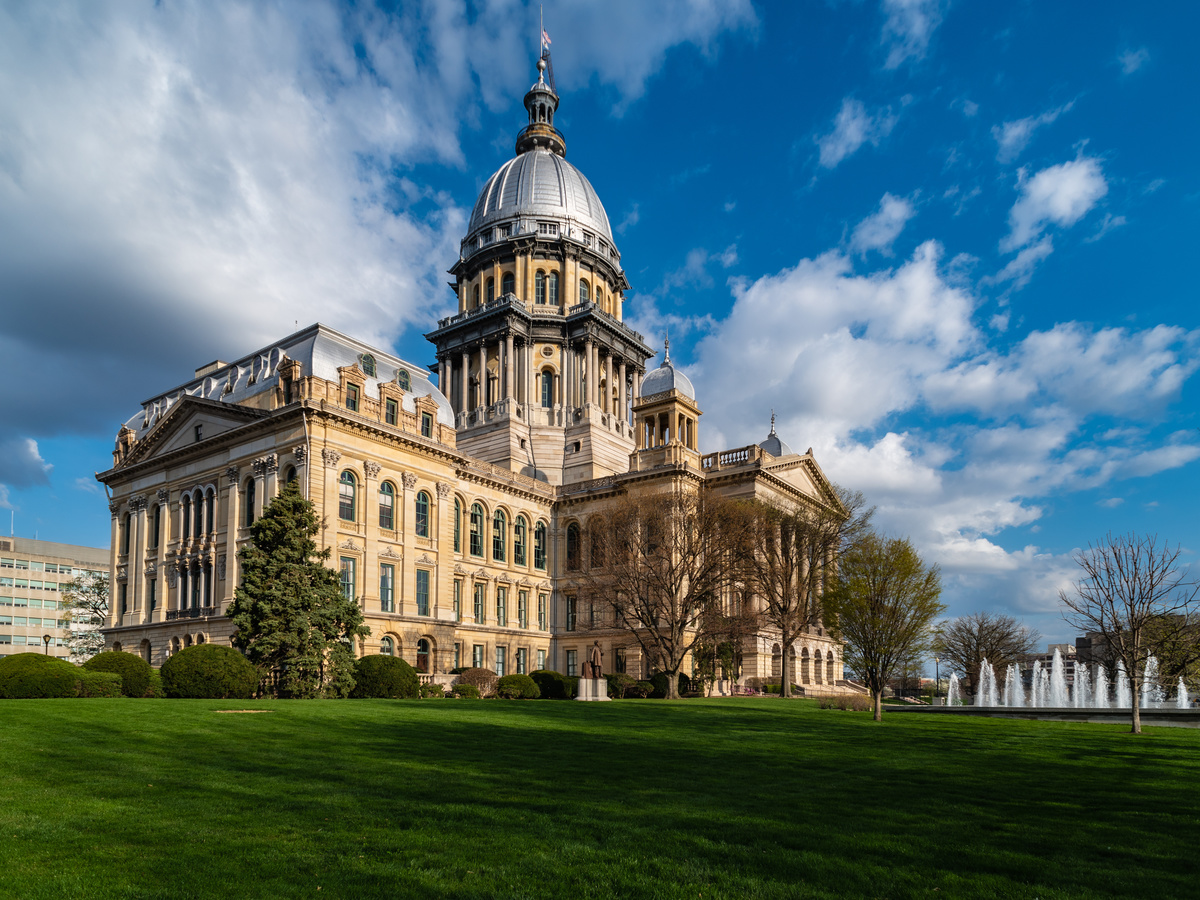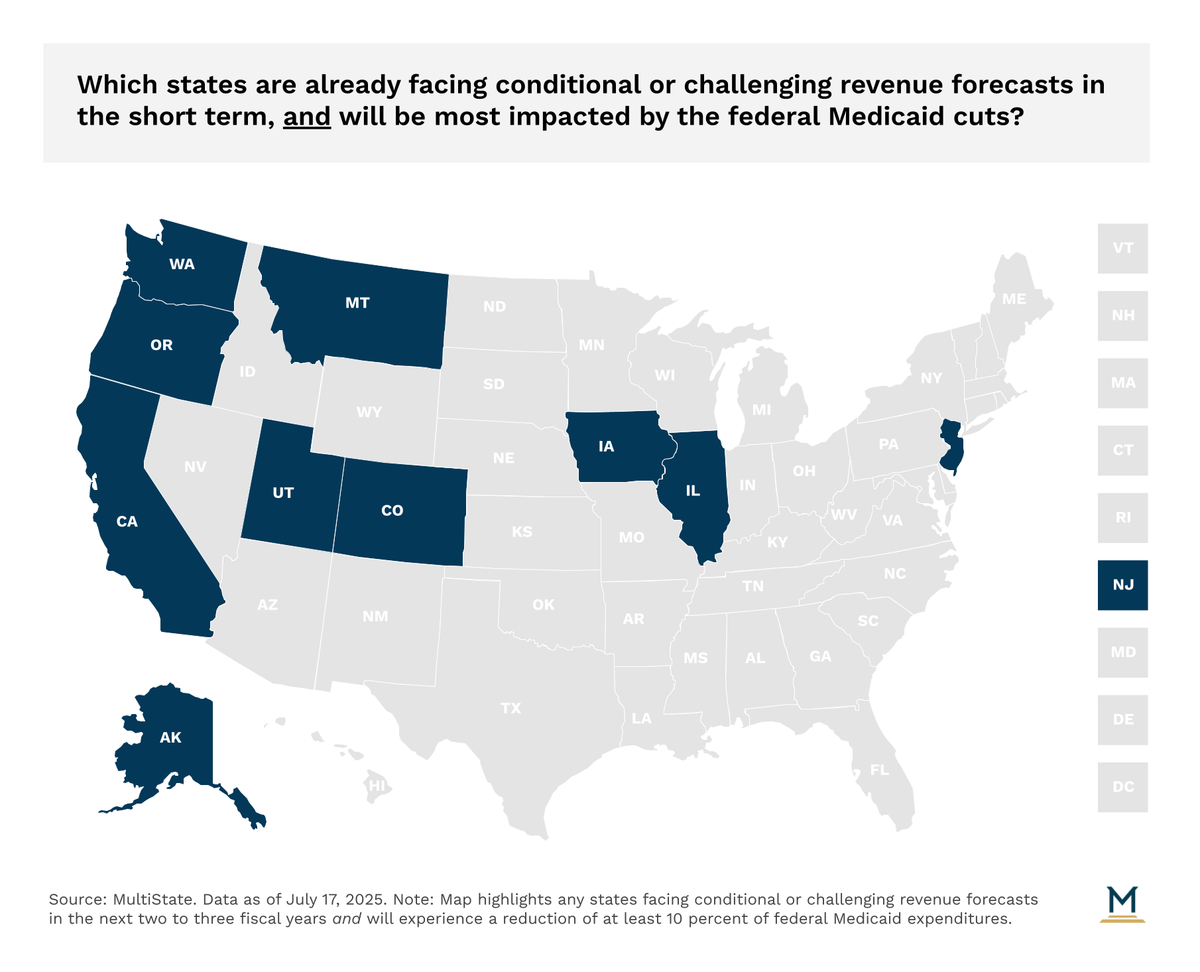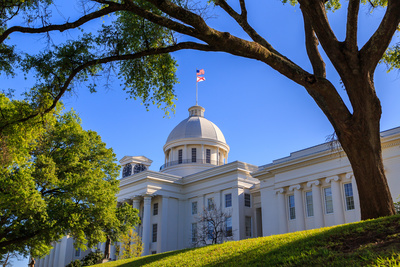
State Government Affairs, Elections & Campaigns
How Lieutenant Governors Are Selected (And Why It Matters)
December 10, 2025 | Bill Kramer
July 30, 2025 | Bill Kramer

Key Takeaways:
This is an excerpt from our report on the state impacts of the One Big Beautiful Bill Act (OBBBA). To read the full report, download it here.
On July 4, 2025, President Trump signed H.R. 1, the One Big Beautiful Bill Act (OBBBA), into law. The bill’s changes to tax, healthcare, border security, and immigration enforcement are federally significant, but many of these provisions will also affect the states, their spending decisions, and their budget health. The OBBBA extends and modifies many of the tax changes from the 2017 Tax Cuts and Jobs Act (TCJA), which were set to expire at the end of this year. To offset some of these lost federal revenues, the OBBBA makes significant spending reductions in healthcare and other programs, many of which are run by the states. All states will be impacted in some form by these federal changes, but states differ in how drastically their budgets will be impacted.

The OBBBA will force the states to make difficult decisions when it comes to Medicaid and SNAP benefits for low-income individuals, and will put significant pressure on state budgets. However, many of the provisions will not go into effect until late 2026 or beyond, so states have some time to begin preparing for the changes. There was initially talk of states calling special legislative sessions to adjust current state budgets in response to the OBBBA, but it’s likely that most states will have time to make changes during their regular 2026 legislative sessions.
The OBBBA’s cuts were designed with the congressional midterm elections in mind, and many of the biggest benefit cuts don’t start taking place until the end of 2026. But state policymakers will soon need to begin making key budget decisions in preparation for the scheduled cuts.
Gubernatorial seats in 36 states are up for election in November 2026, with up to 20 of those 36 governors running for reelection. That’s a huge increase from 2024, when only three incumbent governors ran for reelection. Along with those governors, 88 of the 99 state legislative chambers will be up for election in 2026, which means thousands of state lawmakers will need to answer to voters as well. It’s too early to tell which way the political winds will be blowing by that time, but chances are the politics around the OBBBA provisions will reverberate beyond Congress and the White House.
This article appeared in our Morning MultiState newsletter on July 22, 2025. For more timely insights like this, be sure to sign up for our Morning MultiState weekly morning tipsheet. We created Morning MultiState with state government affairs professionals in mind — sign up to receive the latest from our experts in your inbox every Tuesday morning. Click here to sign up.

December 10, 2025 | Bill Kramer
-238a17-400px.jpg)
December 10, 2025 | Bill Kramer

November 5, 2025 | Mary Kate Barnauskas